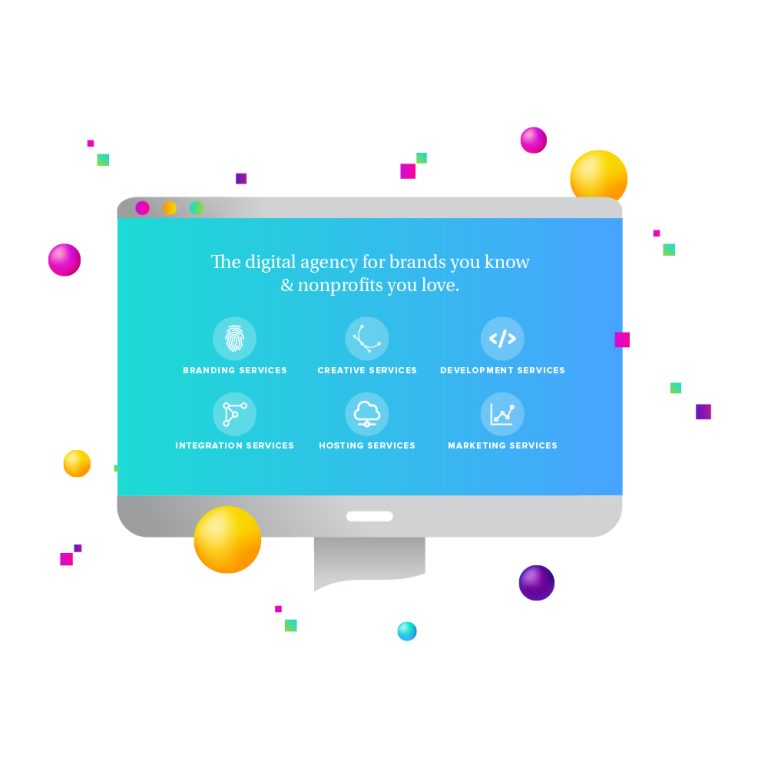Bringing data from disparate or third-party sources together is called data integration and provides users with a unified view. The main purpose of data integration is to make more data freely available and easier to process and consume by both systems and their users. When data integration is done right, it can free up resources, reduce IT costs, improve data quality, and encourage innovation without major changes to existing applications or data structures.

Data Integration Payoff
Even though IT organizations have always integrated, the payoff has never been as large as it is right now. Here’s why:
A company with mature data integration capabilities has a significant leg up over its competitors for a variety of reasons. They experience:
- Increased operation efficiency because of the reduced need to manually transform and combine data.
- Better quality data through automated data transformations that apply common business rules to data.
- High-value insight development because of a holistic data view that can be easily analyzed.
A digital business is based on data and the algorithms that process it, and it derives the most value possible from its information assets by accessing it whenever and wherever it is needed across the whole business ecosystem. Data and related services move freely yet safely across the IT landscape in a digital organization. Data integration prepares your data for analysis and provides a complete view of all the information moving through a company.
The Evolution of Data Integration
The scope and relevance of data integration have transformed completely over the years. Today, we supplement almost every business capability by leveraging basic SaaS applications, all while developing new, custom applications.
With a wide range of partners eager to use an organization’s information, the information about an organization’s services that customers now have access to is becoming just as crucial as the services themselves. SaaS, custom, and partner apps, as well as the data they contain, must now be integrated.
An organization now differentiates itself by fusing business competencies in a uniquely effective way. For instance, a lot of businesses analyze data that is both in motion and at rest, use the results to develop business rules, and then put those rules into practice to react even quicker to fresh data. Improved corporate operations and stickier user experiences are the typical goals for this kind of innovation.
Technology Fragmentation is Accelerating
Technology fragmentation is the variety of platforms a user can use to access an app, such as the web, an iPhone, or an Android device. Regardless of the platform used to launch an application, this fragmentation is now a reality of software development that is only accelerating. For example, businesses initially had to support clients using various operating systems (OSs), then they had to support clients using various web browsers, and now we have to support clients using different devices, OSs, and browser engines.
Maintaining control over multiple platforms can be expensive and time-consuming, meaning developers need to consider the characteristics and data of each platform. So, with the acceleration of technology fragmentation comes the increased importance of data integration. When you are looking after multiple devices, OSs, and browser engines, it’s essential to have a complete view of all the data moving throughout your company.
New Target Data Integration
At the end of the day, successful organizations have to offer their customers, members, and even employees an integrated experience that allows for personalization and community collaboration and provides direct access to relevant business functions. This is achieved through data integration. New Target has significant data integration experience with a variety of third-party providers and is ready to get your website integrated. Contact us today!



